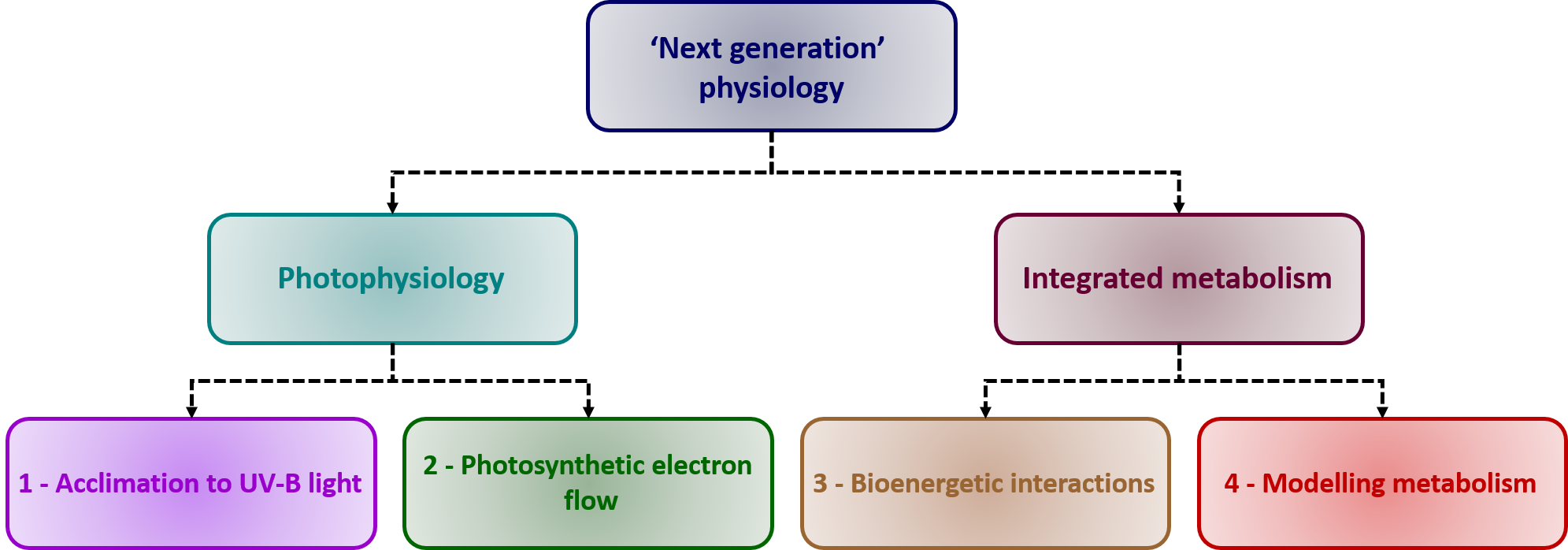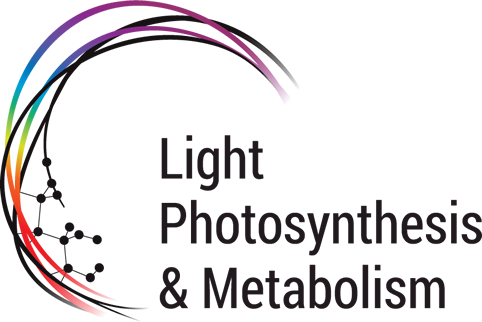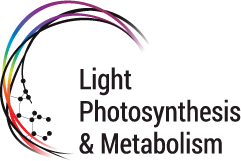RESEARCH TOPICS

Sunlight is a substrate for photosynthesis, a developmental signal and a harmful energy source. Using the chlorophyte Chlamydomonas reinhardti, we study the link between these light functions, studying responses to UV-B light via genetics, molecular biology, biochemistry, bioinformatics and biophysics approaches.
Optimizing the ATP/NADPH ratio is mandatory for CO2 assimilation in plants and marine phytoplankton. Plants do this via chloroplast-localized ATP-generating processes (cyclic electron flow), while diatoms -ecologically successful phytoplankton members- have adopted energy exchanges between plastids and mitochondria. Is this mechanism a paradigm for optimization of photosynthesis in the ocean?
texte1Photosynthetic organisms need to plug light energy fluxes to the needs of the Calvin Benson cycle, by adjusting the rate of electron flow. We test the hypothesis that ion fluxes (K+ and H+) do this job by altering the proton motive force (PMF), which in turn controls light energy conversion, electron flow and ATP synthesis.
In the past few years, we have developed tools to reconstruct the compartmentalisation of metabolism in plants (ChloroKB). We are now adapting them to perform quantitative modelling of metabolic fluxes, not only in Arabidopsis, but also in microalgae. The experience gained with these organisms will serve as a roadmap to achieve similar performance in crops (e.g. sunflower) to forecast solutions for a more sustainable agriculture.

